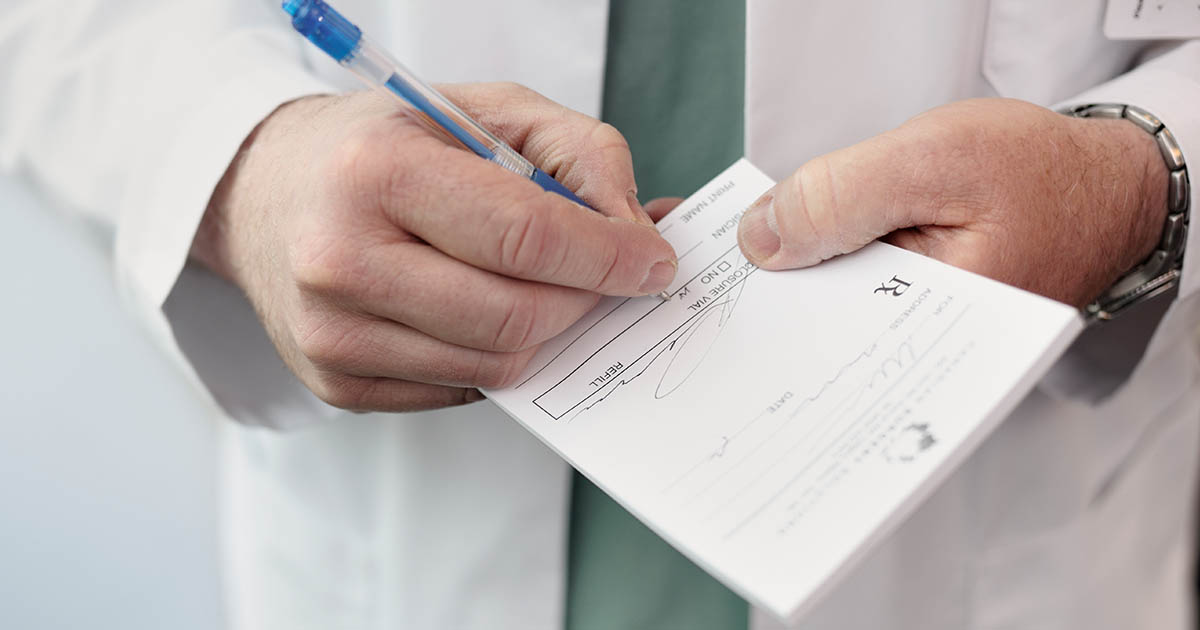Understanding Your Bipolar Disorder Treatment Options
Living with bipolar disorder can be extremely difficult at times. The mood swings, the confusing emotions, and the erratic behavior can be hard to put into words. Fortunately, there are ample amounts of research and bipolar disorder treatment options out there for people with bipolar disorder.
Different methods of treatments can help you cope with some of these symptoms, and one should remember that some forms of treatment work better for some individuals than others.
What Is Bipolar Disorder?
According to Mayo Clinic, “Bipolar disorder, formerly called manic depression, is a mental health condition that causes extreme mood swings that include emotional highs (mania or hypomania) and lows (depression).”
During a depressive episode, you may experience symptoms such as hopelessness, catatonic depression, and/or a lack of motivation. This can affect your willingness to go to work, your willingness to go to school, and in extreme cases even your appetite.
Hypomanic episodes are another type of state of mind that people with bipolar disorder may experience. The symptoms for this episode often show itself as bouts of increased motivation, an overtly positive mood, less of a need for sleep (in some cases), and extreme productivity.
Manic episodes take the symptoms of hypomania to a much different extreme. During a manic episode, you may experience extreme difficulties with sleeping, euphoria, racing thoughts, paranoia, impulsive decision making, and irrational behavior. Your planning and organizational skills are likely to be significantly hindered during a manic episode.
There is also the potential of experiencing something called a mixed-episode. These episodes can be extremely dangerous and often the risk of suicide is significantly higher during these episodes. These occur when you’re experiencing the symptoms of both a manic and a depressive episode. An extreme example of this would be experiencing catatonic depression while having racing, irrational thoughts. The thoughts racing through your mind can be overwhelmingly negative due to the depressive aspect of these episodes. It’s even more important that you reach out for professional help when having a mixed episode.
Any of these types of episodes can be short-lived (rapid-cycling) episodes, or they can last months. If you are experiencing any of the symptoms of bipolar disorder, please seek professional help if you have access to it.
Different Types of Treatment for Bipolar Disorder
There are many kinds of treatment available for bipolar disorder. From different types of therapy to different medications, to different forms of exercise, there are plenty of ways that you could try to treat your symptoms.
Finding the proper, all-around bipolar disorder treatment plan requires input from mental health professionals, but there are some lifestyle changes that you can make on your own to help treat your symptoms.
Different Types of Therapy for Bipolar Disorder
There’s a large variety of therapies that can be used to treat bipolar disorder. According to Mayo Clinic, some of the main types of therapy include interpersonal and social rhythm therapy (IPSRT), cognitive behavioral therapy (CBT), psychoeducation, and family-focused therapy.
- IPSRT helps patients with bipolar disorder by focusing on stabilizing daily routines for things like sleep and mealtimes. Mood management tends to be significantly influenced by stability in routines. This can be especially true for many individuals with bipolar disorder. As we’ll discuss later, maintaining a steady sleeping pattern and having a consistent, balanced diet can affect your mood significantly.
- CBT focuses on deconstructing negative behaviors and beliefs and making an effort to replace them with more positive ones. This type of therapy is especially useful for identifying the triggers of your bipolar episodes. It’s often used to develop/bolster coping mechanisms and help patients deal with stress.
- Psychoeducation can also be helpful. Educating yourself as the patient, or your loved ones who are around you can help you all understand the effects of bipolar disorder. This is especially helpful for your loved ones because it helps them understand your bipolar disorder treatment plans and it helps them learn the best ways for them to support you. It also helps identify which behaviors of yours are being impacted by bipolar disorder.
- Family-focused therapy sessions can be helpful when trying to include your family in the treatment process. Many therapists will have experience in speaking with family members about their loved one’s mental illness, so you won’t have to tell them everything alone either.
These types of therapy are often used for both children and adults. However, if you have a younger loved one who is diagnosed with bipolar disorder, you should only take them to a child and/or adolescent psychologist with experience in treating bipolar disorder. Young people often don’t have the coping skills and/or the emotional intelligence that an adult would be more likely to have.

